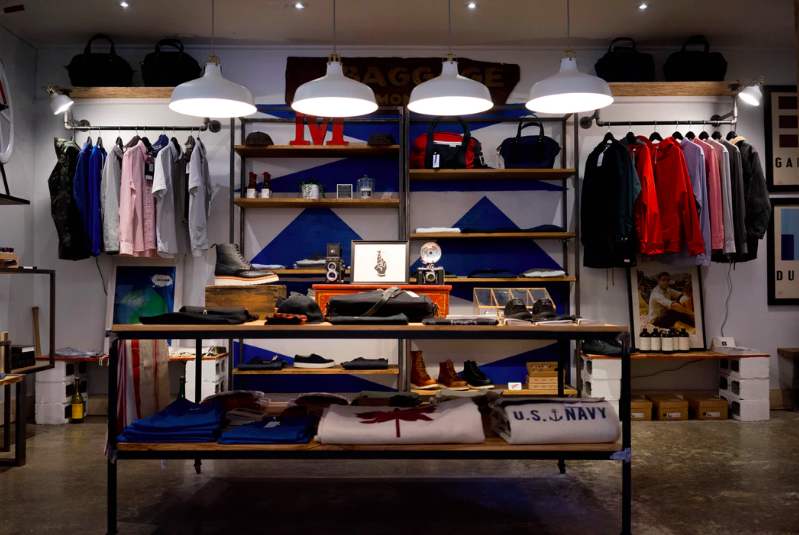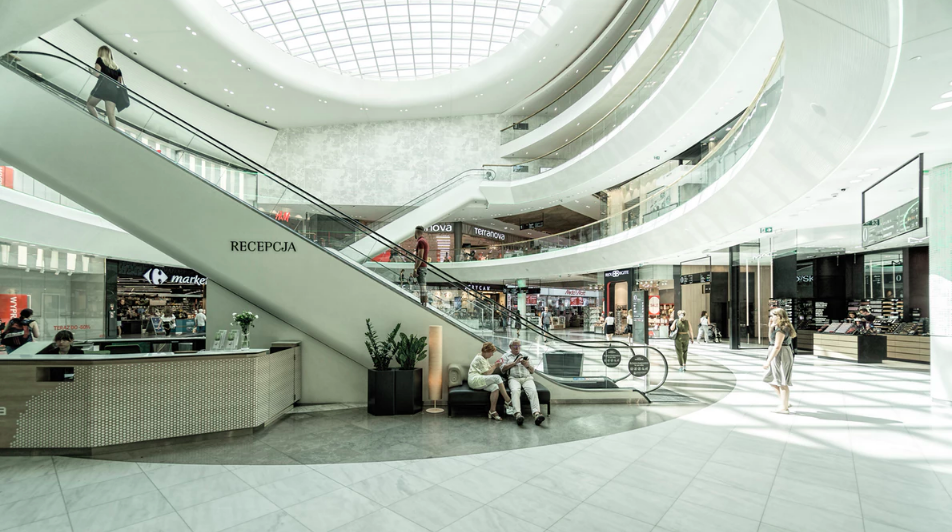

Photo by Clark Street Mercantile / The Unsplash License
It’s true that malls are slowly dying out, with more stores closing their mall locations every year. That doesn’t mean that every mall is doing poorly: The biggest tourist destinations are still going strong with national and international visitors. But here and abroad, many brands are closing their physical stores. Sure, online shopping is largely to blame — it’s easy, usually cheaper, and you can buy just about anything, from anywhere in the world, instantly.
As technology changes the world and online shopping becomes the norm, retailers need to mix things up if they want to survive. And they’ve got a pretty good chance of surviving, as long as consumers still prefer shopping at physical stores to shopping online. But how do brands keep them shopping at retail locations? They offer new experiences and adapt to changing tastes. Below are several ways that retailers can adapt to survive in the future.
Virtual and Augmented Reality
Virtual and augmented reality are constantly heralded as the technologies of the future. At the moment, virtual and augmented reality are experiencing the most success in the video game industry. But just as there are exciting times ahead for video games, there are exciting times ahead in applying this technology to the retail industry.
AR and VR offer another way that consumers can interact with their favorite brands and stores, whether they’re at the store or elsewhere. We already use our phones as we shop for price matching, to look up deals or coupons, to read reviews, or to get a second opinion from a friend. By offering AR and VR capabilities through their apps, brands will encourage consumers to interact with their apps while shopping as opposed to surfing other sites.


Photo by Michael Weidemann / The Unsplash License
A number of big retailers like Amazon, Google, Apple, and eBay are all finding ways to use AR and VR to enhance customer experience. AR could help consumers to virtually test out makeup or clothes without actually trying anything any on. It could even serve as a type of sales associate, which many customers might prefer and find less intrusive. VR can be used to offer consumers another way to shop from home, and even more efficiently train retail employees. Eventually, retailers will use both AR and VR to offer more personalized shopping experiences so that you see more of what you want and less of what you don’t want.
Involvement in the Community
As technology takes over, we crave more person-to-person interaction. Physical retail stores have long been social places, especially at malls — they’re a place where friends and family go to spend time together. So why not expand on retail’s social nature? Younger generations want to see their favorite brands taking a stance on social issues, but what about getting involved in their communities?
Community involvement is one of the ways that local businesses have survived over the years, even as chains have started to take over worldwide. Big retailers can also benefit from this tactic. To survive, retailers big and small must become (more) involved in the community. Retailers can host events, adapt to local tastes, and offer fun classes or activities. The more involved retailers are in their community, the greater their chance of sticking around.
Better Store Experiences
The right lighting, giant video screens, and popular music aren’t enough anymore. In addition to embracing VR and AR, retailers need to adopt other technologies to keep consumers interested and engaged. For example, stores like Nike and Ikea are adding 3D printing to their stores as a way to draw new and longtime customers in, keep them there, and offer them more ways to personalize their products.
Additionally, who enjoys waiting in line, long or short? Many brands are experimenting with cameras and sensors that will allow consumers to pick up a product and then purchase it without having to wait in line or go to a cashier. Remove some of the downsides of shopping in person, and more people will be likely to shop in person rather than online.

